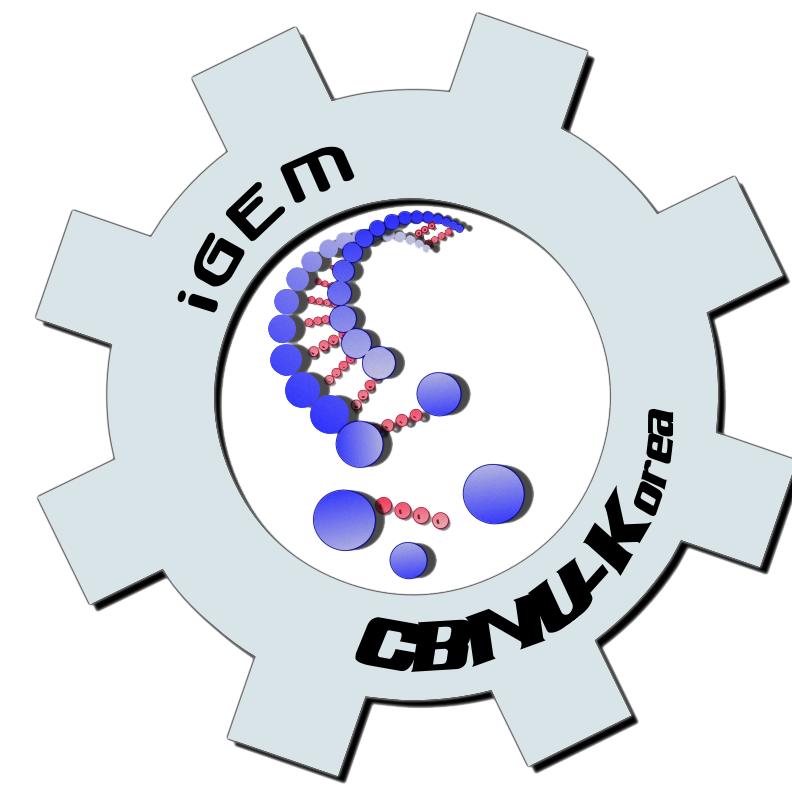Team:IIT Madras/Project
From 2009.igem.org
| Line 5: | Line 5: | ||
|- | |- | ||
| | | | ||
| - | '' | + | ''Synthetic biology is a new area of biological research that combines science and engineering in order to design and build ("synthesize") novel biological functions and systems. It involves plugging together existing genetic components in order to create new and unique systems. |
| - | + | ||
| - | + | ||
| - | + | ||
| + | This application introduces a new paradigm in gene regulation. The study is based on the concept of plasmid loss. Any episome introduced into the cell shows a segregational asymmetry accompanied with differential growth rates in the absence and presence of episome leading to an overall loss of the episomal unit in the absence of any maintaining selective pressure. It is hypothesized that by appropriately controlling the external selective pressures, we can thereby also control the direction of plasmid loss, modifying the existing gene regulation system in a pre determined manner. It is also hypothesized that introducing negative selective pressures against certain other directions of plasmid loss, in the form of constitutively repressed endotoxins will help streamline the regulatory system even further. | ||
| + | |||
| + | If successful, this study allows for exquisitely delicate and precise multifactorial control of gene regulation in the future. It is expected that if successful, this model can be used to also hide genes of commercial interest to protect it from unauthorized use. | ||
|[[Image:Team.png|right]] | |[[Image:Team.png|right]] | ||
|- | |- | ||
Revision as of 07:35, 22 August 2009
|
Synthetic biology is a new area of biological research that combines science and engineering in order to design and build ("synthesize") novel biological functions and systems. It involves plugging together existing genetic components in order to create new and unique systems. This application introduces a new paradigm in gene regulation. The study is based on the concept of plasmid loss. Any episome introduced into the cell shows a segregational asymmetry accompanied with differential growth rates in the absence and presence of episome leading to an overall loss of the episomal unit in the absence of any maintaining selective pressure. It is hypothesized that by appropriately controlling the external selective pressures, we can thereby also control the direction of plasmid loss, modifying the existing gene regulation system in a pre determined manner. It is also hypothesized that introducing negative selective pressures against certain other directions of plasmid loss, in the form of constitutively repressed endotoxins will help streamline the regulatory system even further. If successful, this study allows for exquisitely delicate and precise multifactorial control of gene regulation in the future. It is expected that if successful, this model can be used to also hide genes of commercial interest to protect it from unauthorized use. | |
| Team Example 2 |
| Home | The Team | The Project | Parts Submitted to the Registry | Modeling | Notebook |
|---|
(Or you can choose different headings. But you must have a team page, a project page, and a notebook page.)
Contents |
Overall project
Your abstract
 "
"

